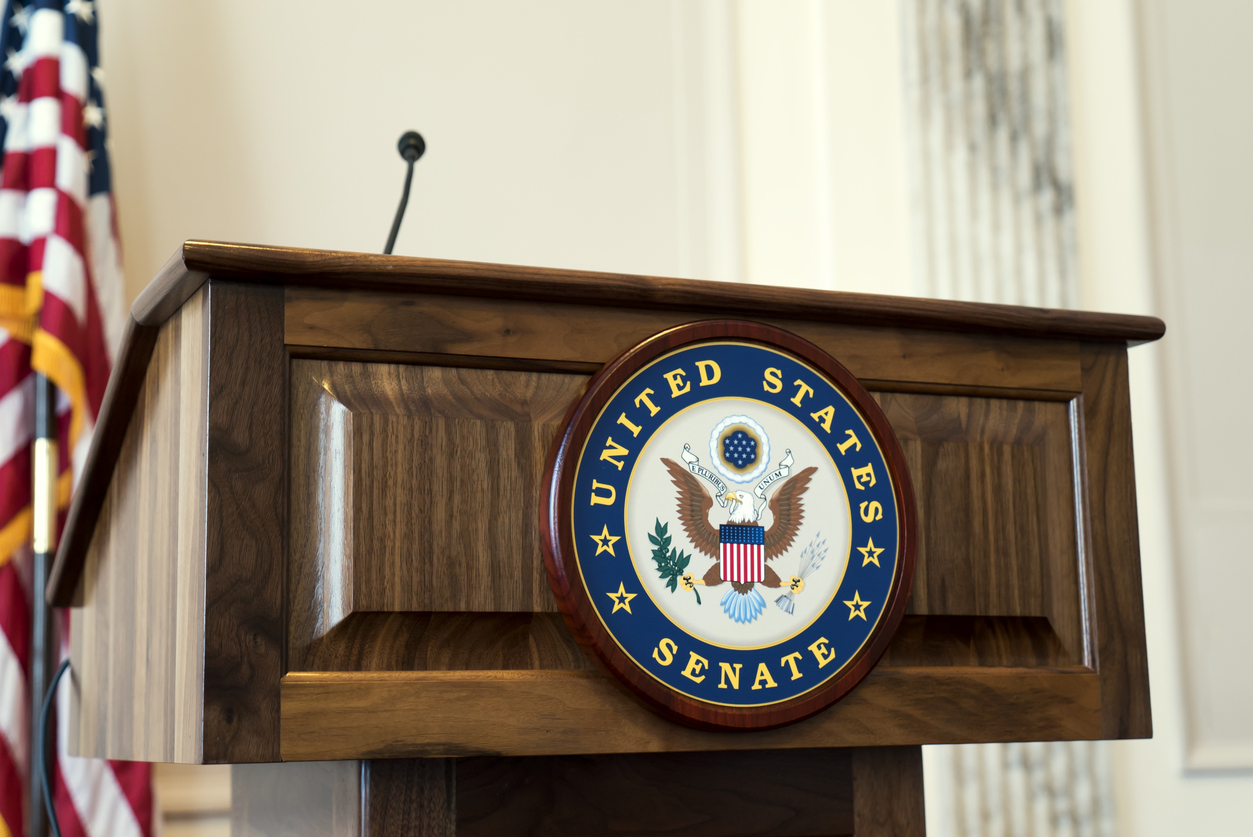Natalia Castro: The Games The Senate Plays
TRUMP, GOP MUST “REVERSE CHAOS” It is no secret the U.S. Senate is having trouble gettinYou must Subscribe or log in to read the rest of this content.
TRUMP, GOP MUST “REVERSE CHAOS”
It is no secret the U.S. Senate is having trouble gettin
